Barrier experts raise safety issue after data shows nearly 350 road worker casualties occurred since 2017
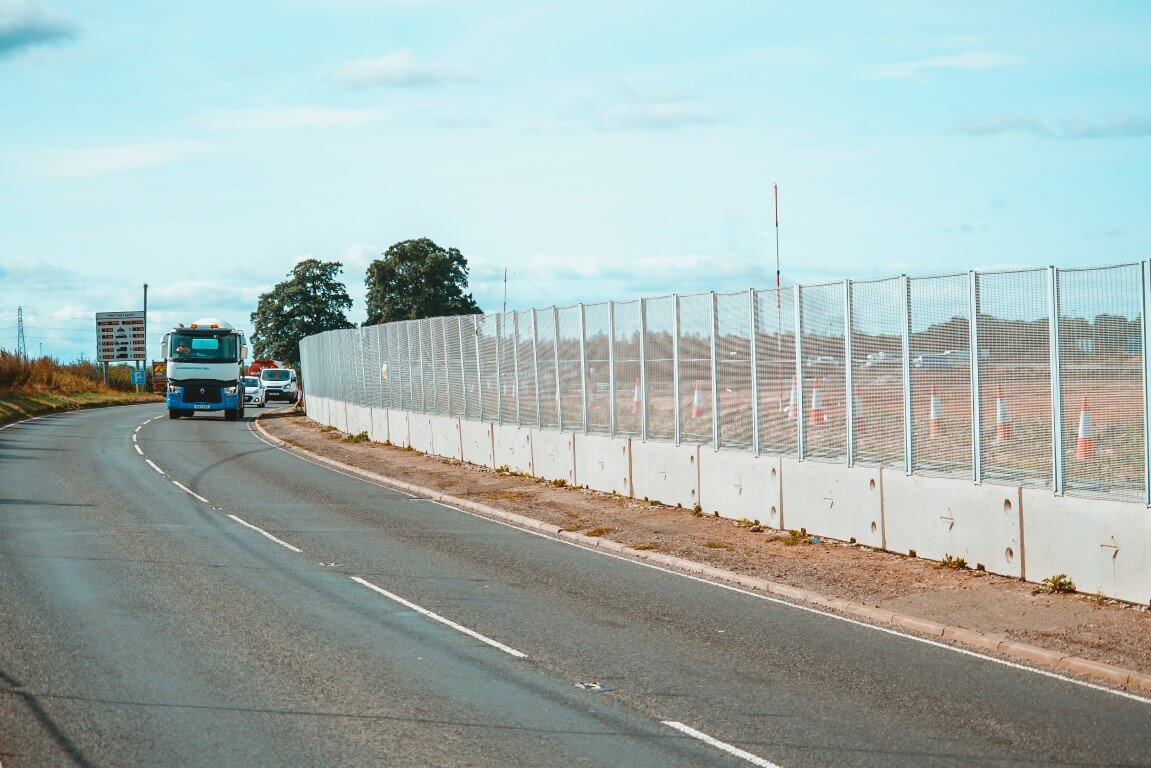
Experts are highlighting the importance of installing crash-rated barriers in roadworks after latest figures showed there have been 347 road worker casualties on the UK’s roads in the last four years.
Leading vehicle restraint system (VRS) manufacturer and supplier, Hardstaff Barriers, has issued the advice after examining the STATS19 road casualty data, published by the Department for Transport each year.
Between 2017 and 2020, six pedestrian road workers were killed, 67 were seriously injured and 274 were slightly injured while working on roads across the UK.
The incidents occurred while the individuals were working on a variety of public roads, from urban roads to motorways.
In 2020, there were 72 road worker casualties, fewer than in the previous three years, most likely due to the reduction in traffic and the postponement of some road improvement schemes during the COVID-19 pandemic.
The data can be shown below:
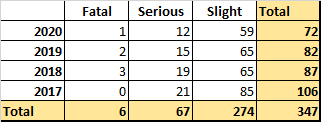
Protection against vehicles and debris
Permanent and temporary tested VRS are widely used on roads across the UK. They contain and redirect errant vehicles, preventing them from impacting other vehicles and workers and from impacting hazards or infrastructure assets located adjacent to the carriageway.
Road workers, particularly those on foot, are not only vulnerable to passing traffic, but they also need protection from debris which may be thrown into their work area.
Last year, Highways England, now National Highways, revealed that more than 46,000 items ended up on England’s motorways and major A roads during a period of just 10 months.*
Traffic Officers dealt with items ranging from a washing machine and sofa to a double-glazed door and even a ship’s mast.
Hardstaff Barriers’ surface-mounted Multibloc F system – a concrete surface-mounted, crash-tested VRS with a combined fence – has been installed in a number of roadworks schemes, protecting construction teams from passing vehicles, as well as flying debris.
The system was most recently installed by Hardstaff to protect the workforce constructing the new SEGRO Logistics Park Northampton Gateway, on the A45 adjacent to J15 of the M1 motorway.
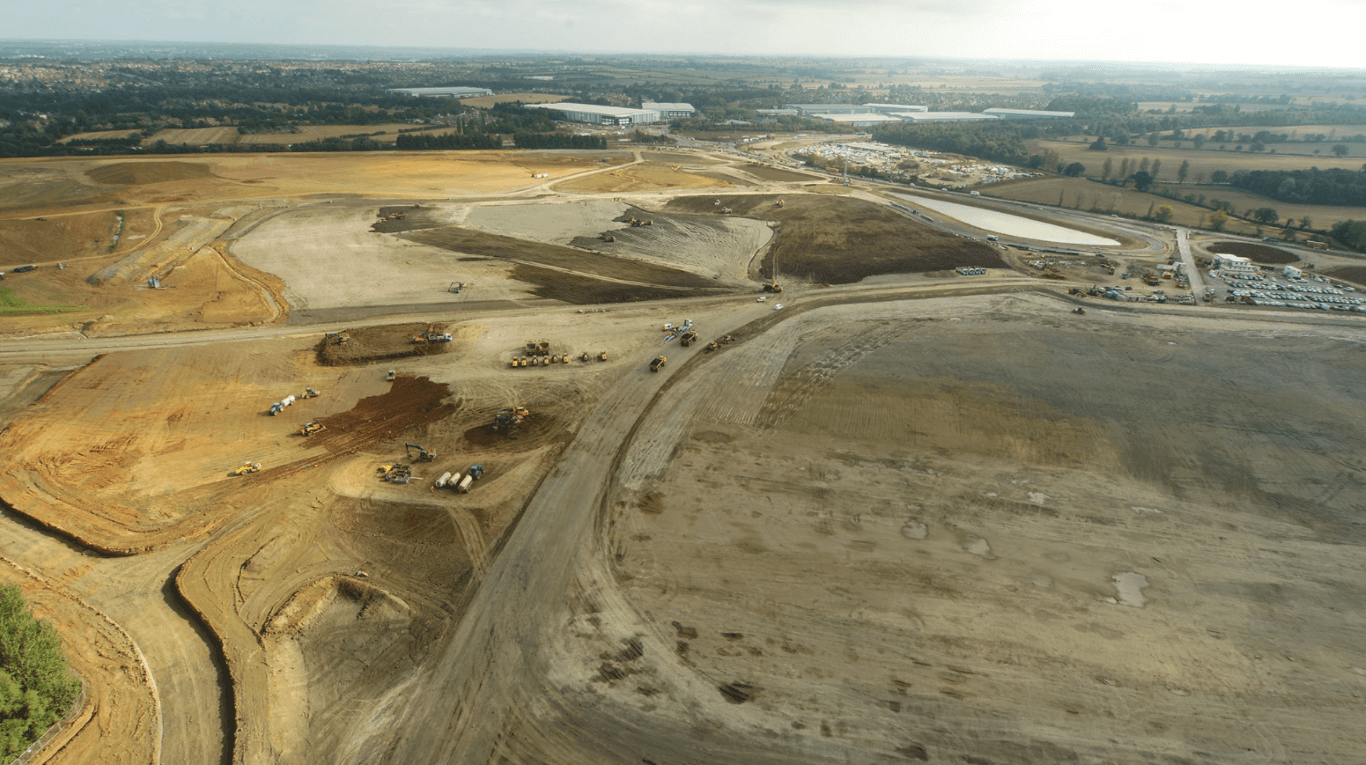
The company’s VRS experts supported the requirements of the client, Traffic Safety Management Ltd, working for Winvic, and recommended the combined Multibloc fence system as a crash-rated, space-saving solution for the site
Traffic Safety Management had set out to acquire a safety barrier from the outset, knowing that it was the best way to provide positive protection for its workforce while carrying out their job.
The company originally believed that it was necessary to install a VRS with a separate fencing system, but Hardstaff Barriers recommended the Multibloc F, which provides both products in one.
Northampton Gateway is due to be completed in 2023 and is set to create 7,500 jobs. It will include a Strategic Rail Freight Interchange and up to 5 million square foot of logistics and warehouse buildings.
Other temporary vertical concrete barriers (TVCB) regularly installed by Hardstaff Barriers in roadworks schemes include Maxibloc and REBLOC RB140. Both products offer a solution for H4a very high containment and are taller than many other TVCBs, providing some increased protection against debris even without an added fence.
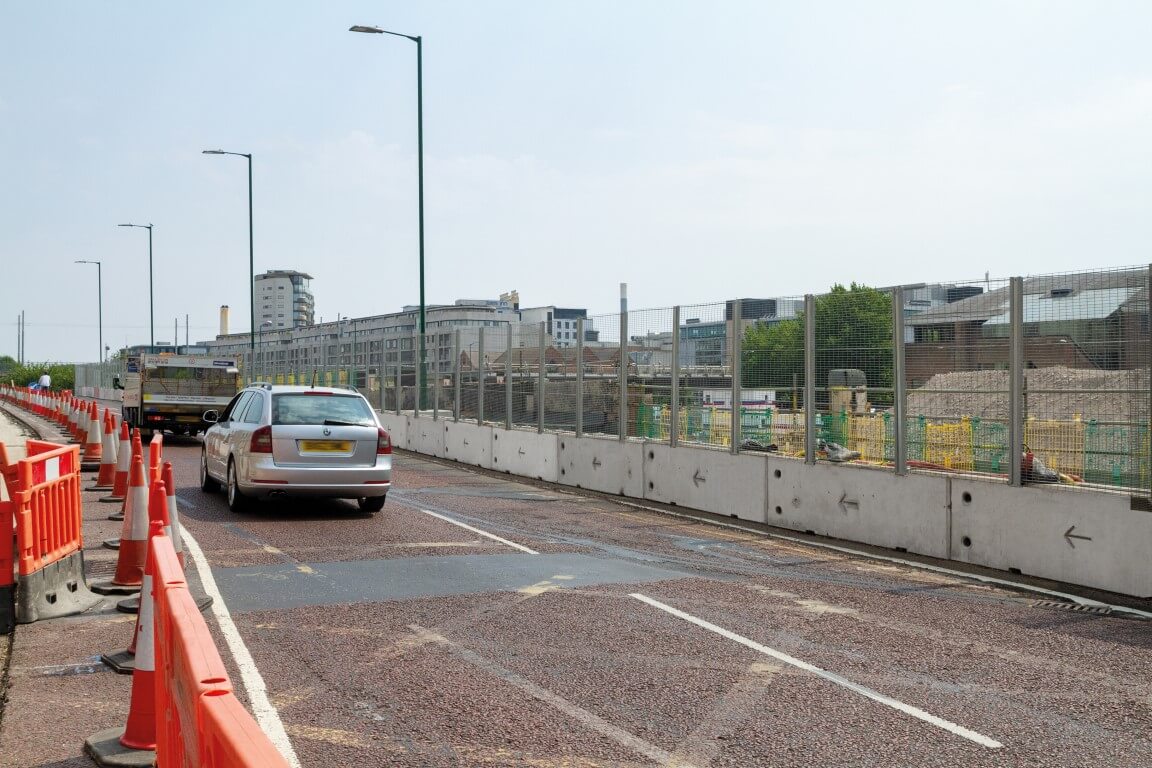
Expert advice is critical
With the brand promise, ‘For the Love of Lives,’ safety and security are at the heart of the Hardstaff Barriers’ work. Hardstaff Barriers is part of VRS Solutions Group, which was formed earlier this year, consolidating all temporary and permanent products and services provided by the UK Hill and Smith Ltd Vehicle Restraint System (VRS) subsidiaries.
The Nottinghamshire-based firm employs some of the UK’s leading VRS experts, who are often engaged by traffic management companies in the planning stages of roadworks schemes.
As trusted industry experts, they are invited to offer their advice on the most suitable VRS for the project, based on the specific needs of the client and the safety requirements of the site.
Nigel Bullock, Solutions Manager at Hardstaff Barriers, has worked in the VRS industry for 30 years, specialising in the deployment of safety barriers in road construction schemes.
He said: “Every scheme is different and every one should be expertly assessed from the outset. We need to fully understand the nature of the scheme, its aims and the safety risk factors, before identifying the most appropriate products for the project.”
“Sadly, all too often, we see unsuitable products in place offering no safety benefit to road workers or road users, where a tested concrete or steel VRS should have been used.
“Money can often be wasted by inadvertently installing completely the wrong product.
He added: “We advise traffic management companies to have a clear understanding of what they need to achieve before a barrier is selected – do they need a VRS or is it actually a delineator?
“Once the correct product has been chosen, following advice from a VRS specialist, it’s really important for the client and the workforce to understand the characteristics of the VRS before it is actually installed.”
Hardstaff Barriers has created a list of tips for companies considering the hire of a temporary VRS:
- Engage with barrier experts from the outset, at the earliest possible design stages of the scheme
- Be clear on the performance required from the VRS
- Carry out a risk assessment of the site to identify the safety requirements
- Understand how the product selected meets the required performance Ensure the workforce know why the product is being installed, its capabilities and the safe working distance from the barrier
- Understand the working width and containment classification system – Each barrier system is awarded a containment class, which confirms the product’s ability to retain specified vehicles at determined speeds and impact angles, and a working width class, which is based on the width of the barrier plus the amount of deflection that occurs when the barrier is impacted
- Are there any added steps you can take to improve safety? i.e. The installation of signage to remind workers of the working width of the barrier, and therefore the safest place to work
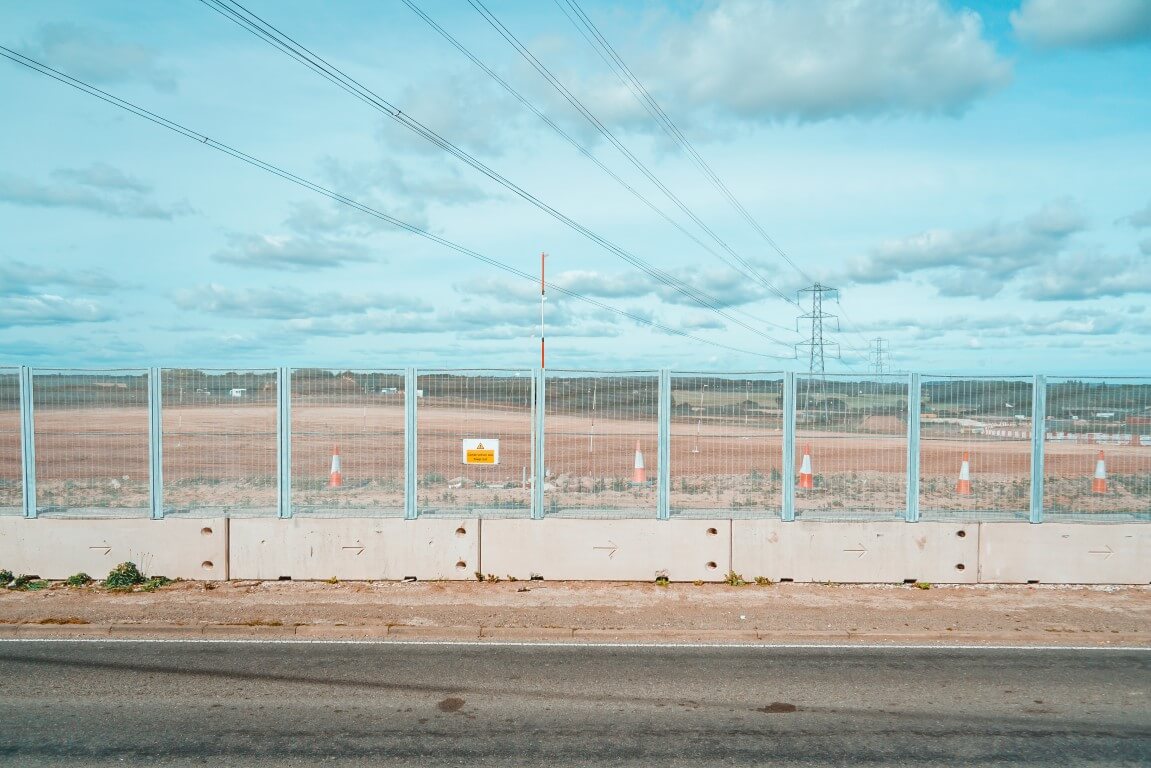
The importance of load safety
While the responsibility for installing road safety barriers lies with the traffic management firm, road users must also take responsibility for safety.
In recent years, numerous calls have been made to fleet operators and members of the public to take more care when securing their loads before using the road network.
Shocking footage of a road worker being hit by flying debris was released by National Highways in summer 2020 as a warning to all.
The man was hit in the leg by a piece of metal that fell from a passing HGV while he was working in the central reservation of the M6, in Staffordshire, between junctions 13 and 15.
Every year, UK police forces, often working alongside National Highways, take part in operations which consist of increased enforcement and awareness-raising around the importance of load security.
In October 2021, over 30 police forces, National Highways, the DVSA and the Office of the Traffic Commissioner announced their support for an Open Letter to industry on the issue.**
The letter asked commercial vehicle operators and drivers to play their part in reducing death and injury on the roads by making sure that all loads are secure and vehicles with loads are safe and legal before they set off.
Warwickshire Police, one of the police forces that supported the letter, recovered 986 straps, 1144 tyres and 64 shed loads in the county, between January 2017 and August 2021.
They were recovered, along with 5386 other obstructions on the county’s road network, including the M6, M40, M42 and major A roads such as the A5, A45 and A46.
The force recovered all of these items despite being the second smallest police force in England and Wales.
Carl Stafford of Warwickshire Police Commercial Vehicle Unit said: “Commercial vehicles are currently overrepresented in road traffic collision statistics.
“For this to change we urgently need drivers, vehicle operators, and those loading vehicles or trailers for others to play their part in preventing deaths and injuries on our roads.
“Sadly, we see the results of insecure loads falling from vehicles and killing or seriously injuring innocent people as part of our role. This is totally preventable and totally unacceptable.”
More than physical safety
Aside from the physical protection that vehicle restraint systems provide, they provide the employer with reassurance that they have taken every precaution to protect their workforce.
And perhaps more importantly, they also reassure the road workers and their families that they are working in a safe environment and that every care has been taken to look after them.
Nigel added: “The knowledge that an employer has provided positive protection for its workforce provides reassurance and peace of mind to the road workers and their loved ones.
“Wherever the workplace happens to be, workers have a right to feel safe and to be safe.
“This is vital for their physical and mental wellbeing.”
“Sadly, we see the results of insecure loads falling from vehicles and killing or seriously injuring innocent people as part of our role. This is totally preventable and totally unacceptable.”Carl Stafford, Warwickshire Police Commercial Vehicle Unit.












